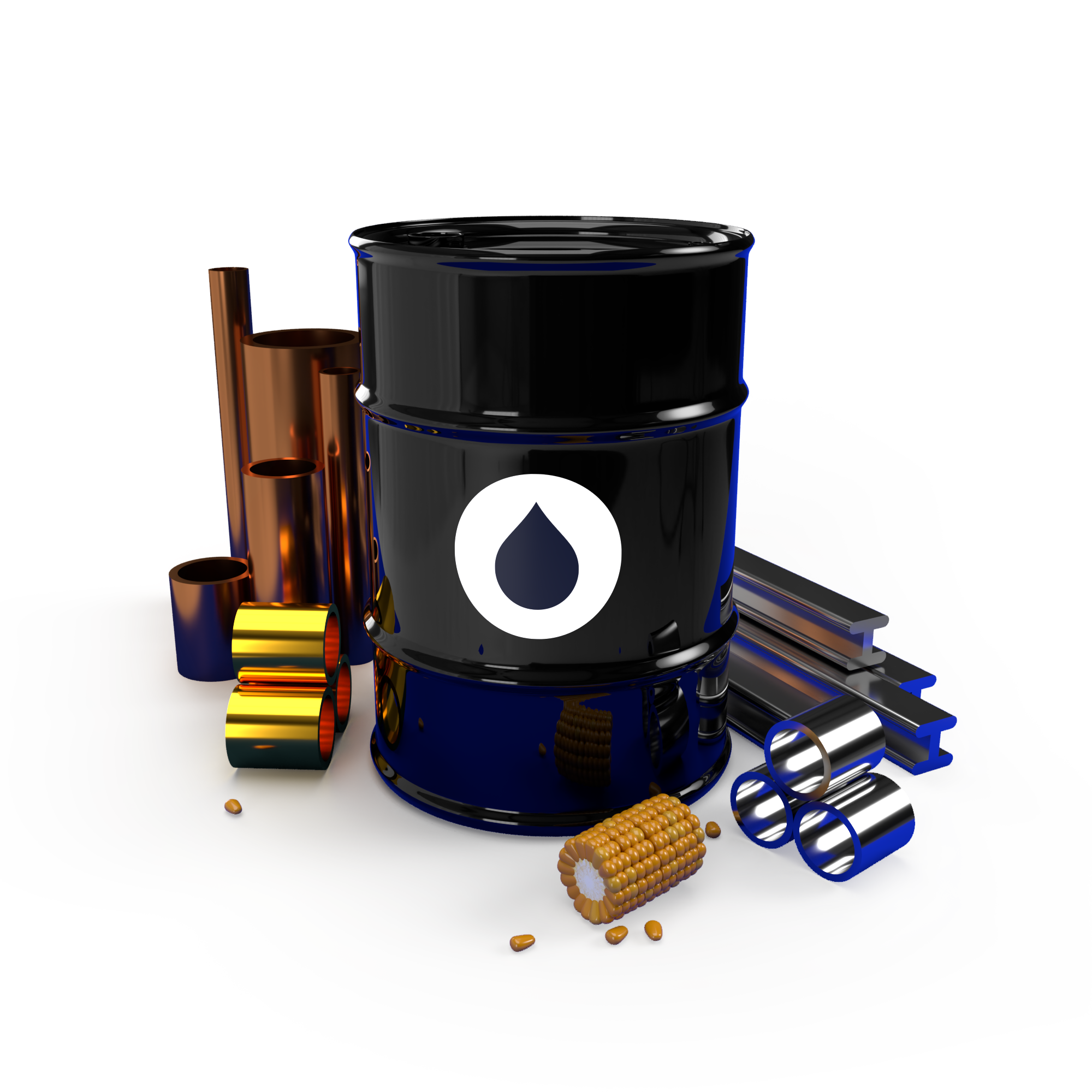Gold has been a symbol of wealth and a significant monetary asset across various cultures for thousands of years. Its allure, stemming from its luster, rarity, and physical properties, has made it a cornerstone in the financial systems of societies worldwide.
This article explores the reasons behind gold's price, its global distribution, leading producers, and how individuals can engage in gold trading, particularly through CFDs on platforms like Skilling.
Why gold is valuable and what gold is used for
Gold's value is deeply rooted in its unique set of characteristics: it is rare, durable, malleable, and possesses an intrinsic beauty. These properties make it highly sought after for various uses beyond just currency or investment.
Gold is extensively used in jewelry making due to its luster and resistance to tarnish. In technology, its excellent conductivity and resistance to corrosion make it valuable in electronic devices and connectors. Gold's rarity and the complex processes required to mine and refine it contribute significantly to its perceived value
How much gold is there in the world?
The total supply of gold in the world is limited and challenging to increase. Estimates suggest that if all the gold ever mined were combined, it would form a cube of approximately 21 meters on each side. Notably, the oceans hold vast amounts of gold, estimated at around 20 million tons, but it exists in such minute concentrations that extracting it is impractical with current technology.
10 highest gold-producing countries
Here's a summarized table of the 10 highest gold-producing countries in 2024, including their gold production in tonnes:
| Country | Overview | Gold Production 2024 (Tonnes) |
|---|---|---|
| China | Continues to lead global gold production, reflecting its extensive mining operations despite recent downtrends due to environmental policies. | 375.0 |
| Russia | Maintains its position with steady production, contributing significantly to the global gold market. | 324.7 |
| Australia | Known for its large reserves and advanced mining technology, Australia is a key player in the gold industry. | 313.9 |
| Canada | With rich natural resources, Canada's gold production is on the rise, leveraging its technological advancements in mining. | 194.5 |
| United States | The U.S. has a long history of gold mining, with significant contributions from states like Nevada. | 172.7 |
| Ghana | Africa's top gold producer, Ghana's mining sector is central to its economy, showcasing production growth. | 127.0 |
| Peru | Rich in mineral resources, Peru's gold mining is vital to its national economy, with continuous exploration expanding its output. | 125.7 |
| Indonesia | Indonesia's diverse mining sites contribute to its position, with notable operations on islands like Papua. | 124.9 |
| Mexico | The country's rich historical mining culture continues to thrive, with significant production increases. | 124.0 |
| Uzbekistan | Central Asia's prominent gold producer, Uzbekistan benefits from substantial reserves and state-led mining operations. | 110.8 |
Source: worldpopulationreview.com
How to trade gold CFDs online
Trading gold CFDs (Contracts for Difference) offers a way to speculate on the price movements of gold without physically owning the metal. Platforms like Skilling provide access to gold CFD trading, allowing investors to take advantage of gold's price volatility .
To trade gold CFDs online, follow these 7 simple steps:
- Choose a broker : Select a reputable online broker that offers gold CFD trading.
- Open an account: Register and verify your trading account.
- Deposit funds: Add funds to your account using an accepted payment method.
- Understand the market: Research gold market trends and factors affecting prices.
- Develop a strategy: Decide on your trading approach based on your market analysis.
- Start trading: Use the broker's platform to trade gold CFDs, setting your positions according to your strategy.
- Monitor and adjust: Regularly review your positions and adjust your strategy as needed.
Please note that before engaging in CFD trading, it's crucial to understand the risks involved, including the potential for rapid financial loss due to leverage . Educating yourself on market trends and employing risk management strategies are key steps for anyone looking to trade gold CFDs online.
Why miss out on the commodities market's potential?
Discover the untapped opportunities in top traded commodities CFDs like gold, silver & oil.

FAQs
1. What are the main uses of gold?
Gold is primarily used in jewelry, technology, and investment, and by central banks and sovereign wealth funds as a store of value and financial stability.
2. Why do central banks hold gold?
Central banks hold gold to diversify their reserves, provide a hedge against inflation , and enhance the credibility of their fiat currency.
3. What role does gold play in financial markets?
In financial markets, gold is viewed as a safe-haven asset, often appreciating in times of economic uncertainty. It serves as a hedge against inflation and currency devaluation.
4. Can gold prices go down as well as up?
Yes, the price of gold can fluctuate both upwards and downwards due to various factors such as changes in supply and demand, inflation rates, currency values, and global economic conditions. Like any other market-traded asset, gold prices are subject to volatility and can experience both short-term fluctuations and long-term trend shifts.
Interested in the potential of gold trading?
Join Skilling and dive into the exciting world of trading gold CFDs. With Skilling's advanced trading platform, you can navigate the ups and downs of the gold market with confidence, leveraging educational resources and tools designed for both novice and experienced traders.











